- Plant IDs
- >
- ID By Type
- >
- Native Plants
The Garden includes several native species. Most can be found in the BC Habitat Garden and Canadian Heritage Garden.
Erica's Original Notes
Abies: The resin of the fir mixed with eulachon oil was used for boils; the branches made bedding and were used in purification rites for girls.
Alder: The red alder is so-called because of its inner orange bark which the First Nations fisherman used to dye their nets to make them less visible underwater.
Ameanchier: The berries were dried and added to buffalo meat to make pemmican.
Arbutus menziesii, the arbutus or Pacific madrone, is known as the madrona by our cousins to the south, the wax-like leaves protect it from ice formation during the winter; it is our only BC and Canadian broad-leaved evergreen tree. It is often in poor health.
Bayberry: Otherwise known by its botanical name of Myrica californica, candles are made from its berries.
Cascara: Rhamnus purshiana is protected following overharvesting of its bark which contains laxative properties. Often called cascara sagrada.
Dogwood: Cornus nuttallii is our protected provincial flower. For more on Cornus, see 'Deciduous Trees'.
Douglas-fir: Pseudotsuga menziesii was introduced into cultivation by David Douglas in 1827, and seeds were sent back to Britain by Hudson Bay voyageurs (express delivery!). The bark is fire-resistant. [2015:] as demonstrated by the Elaho Giant which recently resisted a forest fire. The Red Creek fir in Port Renfrew is the world's largest Douglas-fir. The tallest Douglas-fir in Vancouver sprouted up after the great fire of 1886.
Douglas Maple: Acer glabrum has a leaf that resembles the sugar leaf maple, the Canadian emblem.
Elderberry: Sambucus racemosa. The hollow stems were used as drinking straws in Indian water boxes when tribes were travelling.
Garry Oak: Quercus garryana (sometimes known in the US as the Oregon white oak) is the dominant species of the Garry oak ecosystem that extends from northern California to the southern tip of Vancouver Island. The Garry oak in the Western North America Garden by the Plaza was planted by Camilla, Duchess of Cornwall, in 2009.
Hemlock: Tsuga heterophylla. Its leader droops. State tree of Washington. [Added 2015] This tree requires rotting conifers to establish its seedlings.
Juniper: Juniperus. Many varieties are much used in landscaping because juniper is so reliable; the young growth has needle-like leaves, while the old growth is scale-like.
Larch: Larix occidentalis. Also called tamarack, is a deciduous conifer whose dying needles light up the landscape of the interior in the fall. The wood is used in construction and cabinet work. It polishes well, tannin is also extracted, the resin gives us turpentine, and an extraction from the gum is used in making baking soda.
Pacific or Western Yew: Taxus brevifolia. This native tree contains paclitaxel in its bark, which is used in treating cancer.
Ponderosa Pine: Pinus ponderosa is a three-needle pine from the Interior which Indians, travelling through enemy territory, used to make their fires because the wood was smokeless and cooled quickly. More about the Ponderosa pine. Conifer needles have similar properties to other leaves and are helpful in reducing water loss.
Shore Pine: Pinus contorta var. contorta grows on the coast, twisted by the winds. It is a close relative of the Lodgepole pine of the interior (Pinus contorta var. latifolia) and is one of the first tree to germinate after a fire, as the cones burst open with the heat, releasing the seeds.
Sitka Spruce: Picea sitchensis seldom grows more than 50 miles inland; it requires magnesium for its growth. Because its wood is very strong and light, it was used for construction of the Mosquito fighter bombers during the war, such as those used in bombing the headquarters of the Gestapo in Paris during the last war. More information.
Vine Maple: Acer circinatum is fire resistant and was used in early days as pot holders at campfires; it grows at the edge of the forest and colours brilliantly in the fall. It is native from southwestern BC to Northern California.
Weeping Nootka Cypress: Xanthocyparis nootkatensis ‘Pendula’, formerly Chamaecyparis nootkatensis ‘Pendula’, was first identified by Archibald Menzies.
Western Redcedar: Thuja plicata was called 'Long Life Giver' by the First Nations people, Has a built-in fungicide, thuyaplicin, which guards against decay and is therefore useful for many products, such as shingles and totem poles. It was much like the bamboo for Asians, being used from cradle to grave. On the West coast of Vancouver Island, one can still see trees standing which have had planks removed for long house building, taken from the shaded, non-branch side of the tree. The bark and cambium were harvested in the busy summer months; the inner bark was stored, and, during the long winter months, it was shredded and worked into a variety of useful things, such as bedding, babies' diapers, hand towels and clothing, which would be treated with fish oil, and, later in modern times, with Crisco (which made the garments less smelly) to make them waterproof. One could continue the list ad infinitum, adding , of course, the famous long boats. While the wood is reddish-brown, it is not a true cedar, being a member of the Cupressasaceae family. It is the provincial tree of British Columbia. Its dust is toxic to many who work in the forest industry.
Yellow Cedar: Chamaecyparis nootkatensis. Its leader droops like hemlock, the foliage sweeps out and down, the bark is stringy, and it is found on our North Shore mountains, only growing down at the coastline further north.
See also Erica's Notes on the Western North America Garden.
[Hyperlinks added 2013]
Useful Links:
Native Trees of BC
Downloadable Book: Learning to Recognize the Trees of British Columbia
Abies: The resin of the fir mixed with eulachon oil was used for boils; the branches made bedding and were used in purification rites for girls.
Alder: The red alder is so-called because of its inner orange bark which the First Nations fisherman used to dye their nets to make them less visible underwater.
Ameanchier: The berries were dried and added to buffalo meat to make pemmican.
Arbutus menziesii, the arbutus or Pacific madrone, is known as the madrona by our cousins to the south, the wax-like leaves protect it from ice formation during the winter; it is our only BC and Canadian broad-leaved evergreen tree. It is often in poor health.
Bayberry: Otherwise known by its botanical name of Myrica californica, candles are made from its berries.
Cascara: Rhamnus purshiana is protected following overharvesting of its bark which contains laxative properties. Often called cascara sagrada.
Dogwood: Cornus nuttallii is our protected provincial flower. For more on Cornus, see 'Deciduous Trees'.
Douglas-fir: Pseudotsuga menziesii was introduced into cultivation by David Douglas in 1827, and seeds were sent back to Britain by Hudson Bay voyageurs (express delivery!). The bark is fire-resistant. [2015:] as demonstrated by the Elaho Giant which recently resisted a forest fire. The Red Creek fir in Port Renfrew is the world's largest Douglas-fir. The tallest Douglas-fir in Vancouver sprouted up after the great fire of 1886.
Douglas Maple: Acer glabrum has a leaf that resembles the sugar leaf maple, the Canadian emblem.
Elderberry: Sambucus racemosa. The hollow stems were used as drinking straws in Indian water boxes when tribes were travelling.
Garry Oak: Quercus garryana (sometimes known in the US as the Oregon white oak) is the dominant species of the Garry oak ecosystem that extends from northern California to the southern tip of Vancouver Island. The Garry oak in the Western North America Garden by the Plaza was planted by Camilla, Duchess of Cornwall, in 2009.
Hemlock: Tsuga heterophylla. Its leader droops. State tree of Washington. [Added 2015] This tree requires rotting conifers to establish its seedlings.
Juniper: Juniperus. Many varieties are much used in landscaping because juniper is so reliable; the young growth has needle-like leaves, while the old growth is scale-like.
Larch: Larix occidentalis. Also called tamarack, is a deciduous conifer whose dying needles light up the landscape of the interior in the fall. The wood is used in construction and cabinet work. It polishes well, tannin is also extracted, the resin gives us turpentine, and an extraction from the gum is used in making baking soda.
Pacific or Western Yew: Taxus brevifolia. This native tree contains paclitaxel in its bark, which is used in treating cancer.
Ponderosa Pine: Pinus ponderosa is a three-needle pine from the Interior which Indians, travelling through enemy territory, used to make their fires because the wood was smokeless and cooled quickly. More about the Ponderosa pine. Conifer needles have similar properties to other leaves and are helpful in reducing water loss.
Shore Pine: Pinus contorta var. contorta grows on the coast, twisted by the winds. It is a close relative of the Lodgepole pine of the interior (Pinus contorta var. latifolia) and is one of the first tree to germinate after a fire, as the cones burst open with the heat, releasing the seeds.
Sitka Spruce: Picea sitchensis seldom grows more than 50 miles inland; it requires magnesium for its growth. Because its wood is very strong and light, it was used for construction of the Mosquito fighter bombers during the war, such as those used in bombing the headquarters of the Gestapo in Paris during the last war. More information.
Vine Maple: Acer circinatum is fire resistant and was used in early days as pot holders at campfires; it grows at the edge of the forest and colours brilliantly in the fall. It is native from southwestern BC to Northern California.
Weeping Nootka Cypress: Xanthocyparis nootkatensis ‘Pendula’, formerly Chamaecyparis nootkatensis ‘Pendula’, was first identified by Archibald Menzies.
Western Redcedar: Thuja plicata was called 'Long Life Giver' by the First Nations people, Has a built-in fungicide, thuyaplicin, which guards against decay and is therefore useful for many products, such as shingles and totem poles. It was much like the bamboo for Asians, being used from cradle to grave. On the West coast of Vancouver Island, one can still see trees standing which have had planks removed for long house building, taken from the shaded, non-branch side of the tree. The bark and cambium were harvested in the busy summer months; the inner bark was stored, and, during the long winter months, it was shredded and worked into a variety of useful things, such as bedding, babies' diapers, hand towels and clothing, which would be treated with fish oil, and, later in modern times, with Crisco (which made the garments less smelly) to make them waterproof. One could continue the list ad infinitum, adding , of course, the famous long boats. While the wood is reddish-brown, it is not a true cedar, being a member of the Cupressasaceae family. It is the provincial tree of British Columbia. Its dust is toxic to many who work in the forest industry.
Yellow Cedar: Chamaecyparis nootkatensis. Its leader droops like hemlock, the foliage sweeps out and down, the bark is stringy, and it is found on our North Shore mountains, only growing down at the coastline further north.
See also Erica's Notes on the Western North America Garden.
[Hyperlinks added 2013]
Useful Links:
Native Trees of BC
Downloadable Book: Learning to Recognize the Trees of British Columbia
Native Plants
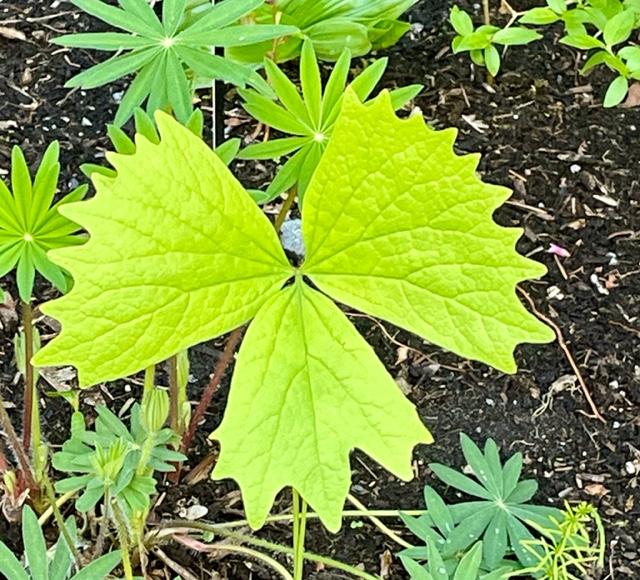
Achlys triphylla
CA$0.00
CA$0.00
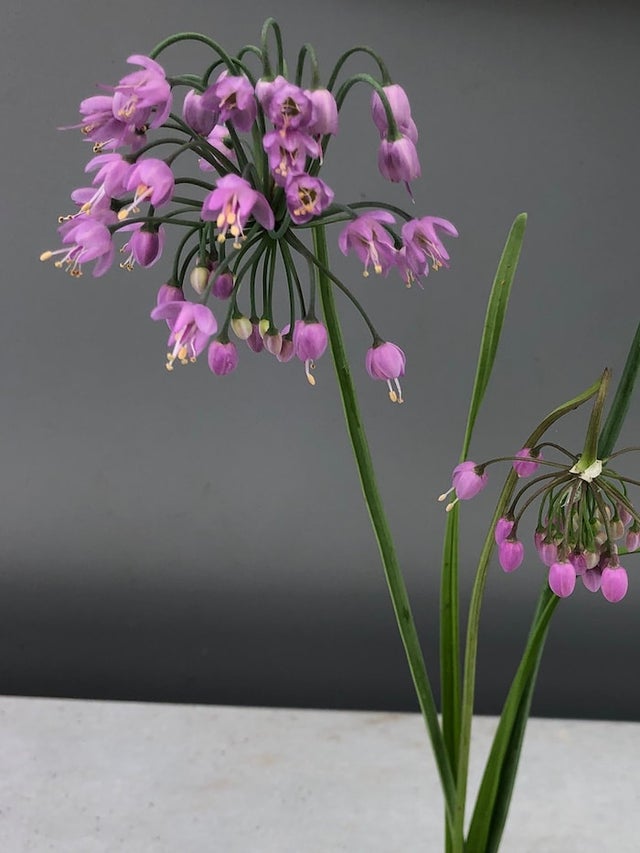
Allium cernuum
CA$0.00
CA$0.00
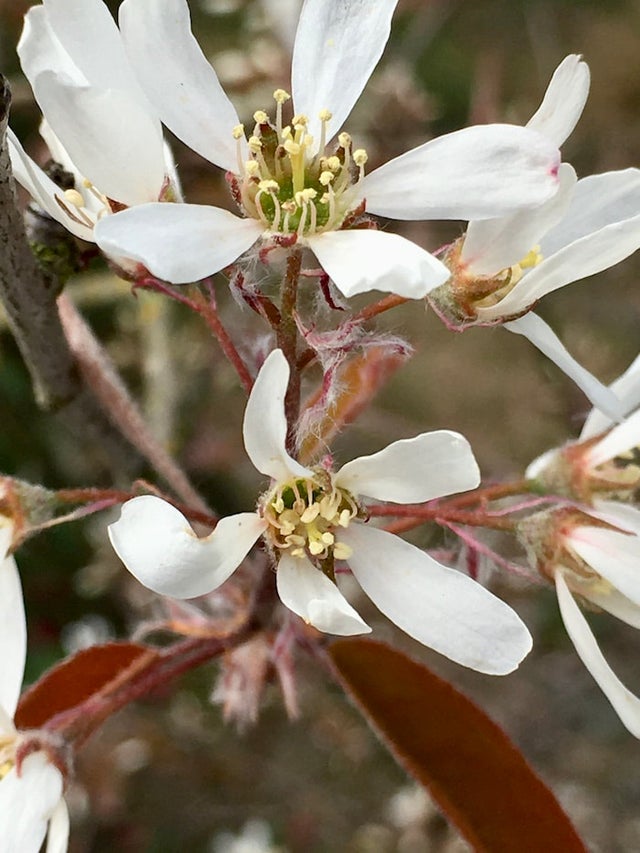
Amelanchier alnifolia
CA$0.00
CA$0.00
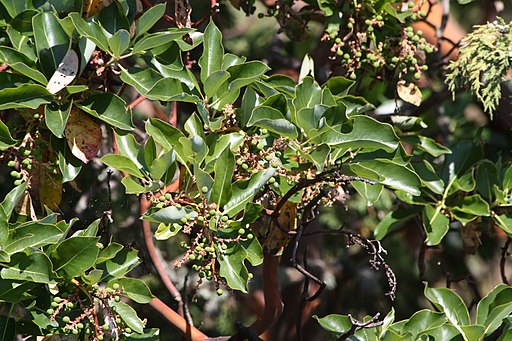
Arbutus menziesii
CA$0.00
CA$0.00
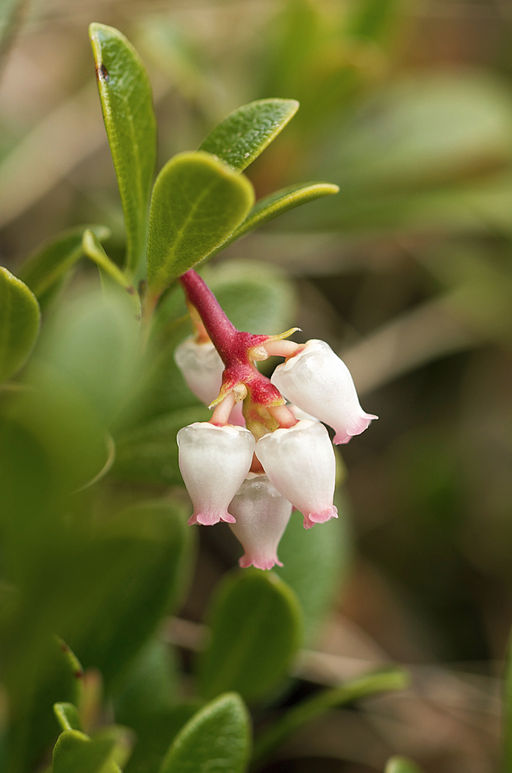
Arctostaphylos uva-ursi
CA$0.00
CA$0.00
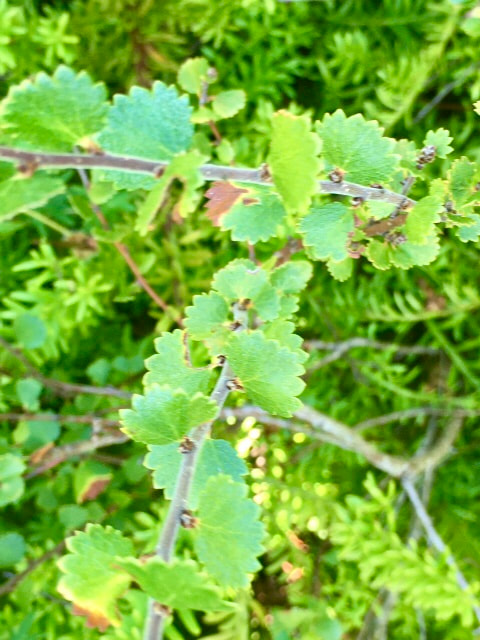
Betula nana
CA$0.00
CA$0.00
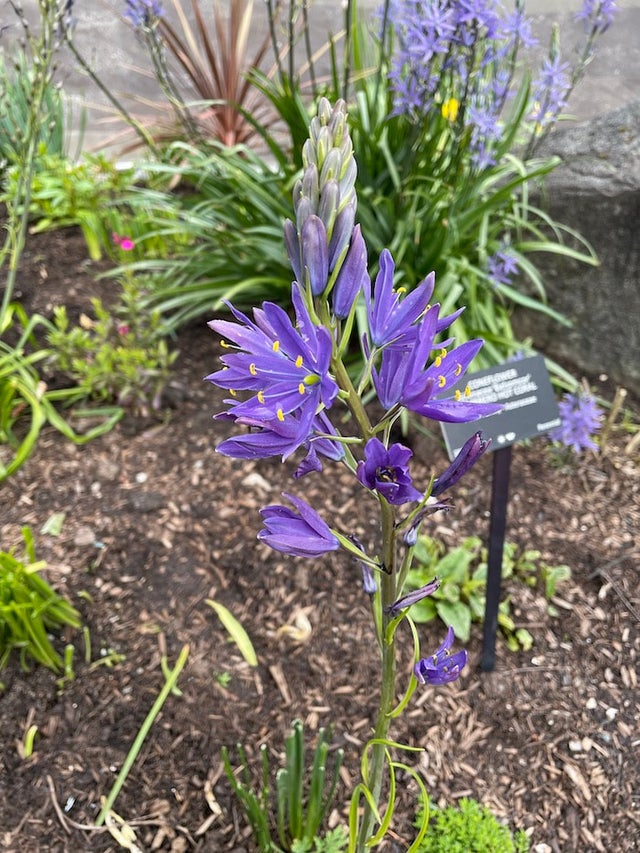
Camassia leichtlinii
CA$0.00
CA$0.00
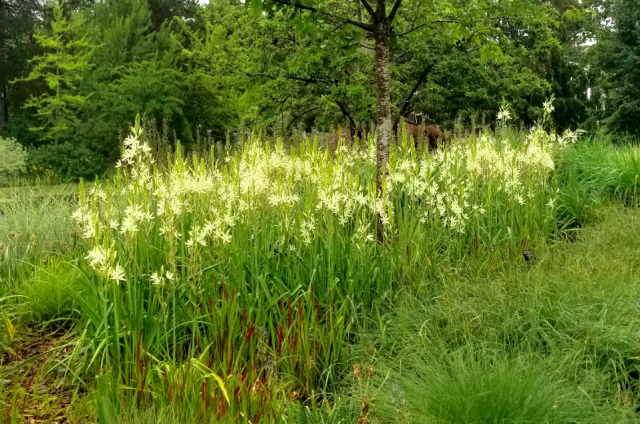
Camassia quamash
CA$0.00
CA$0.00
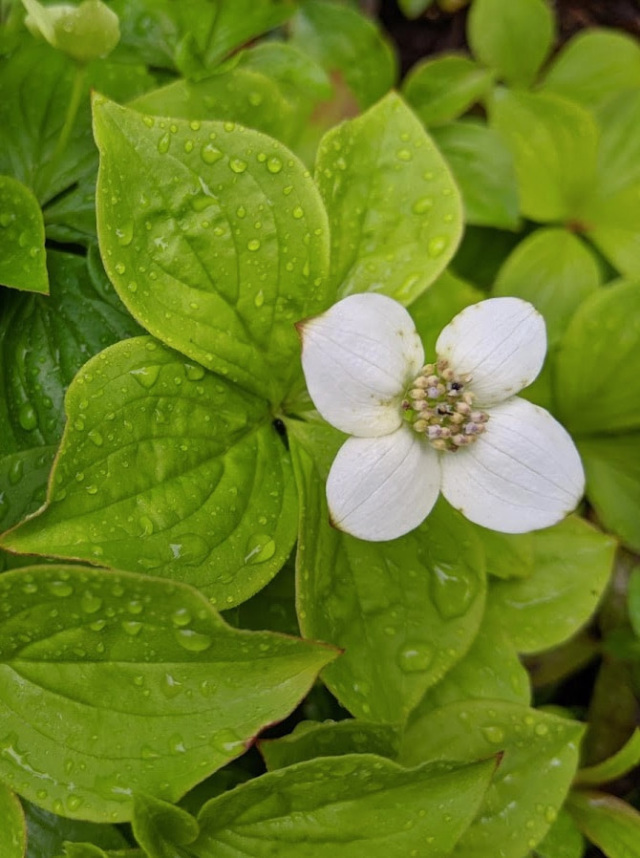
Cornus canadensis
CA$0.00
CA$0.00
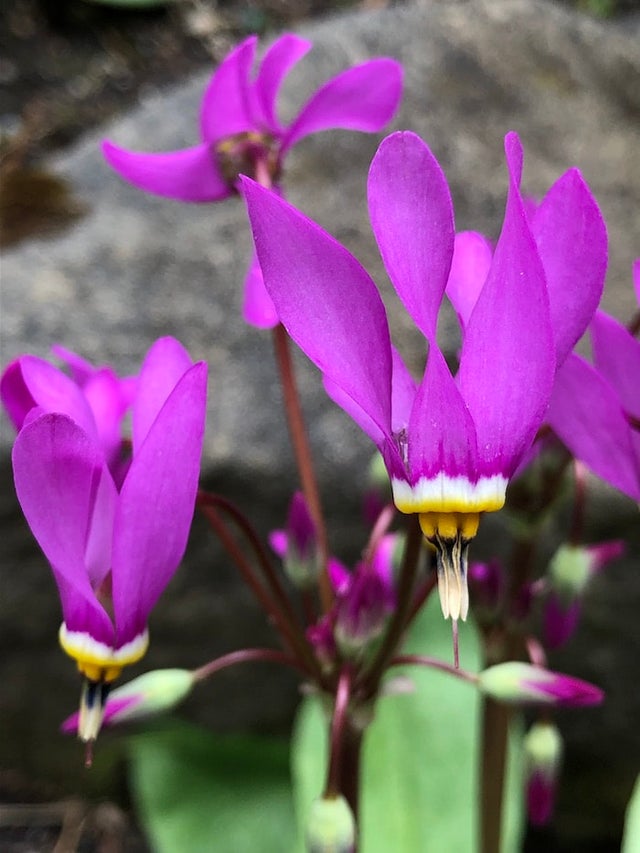
Dodecatheon hendersonii
CA$0.00
CA$0.00
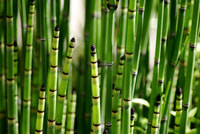
Equisetum hyemale
CA$0.00
CA$0.00
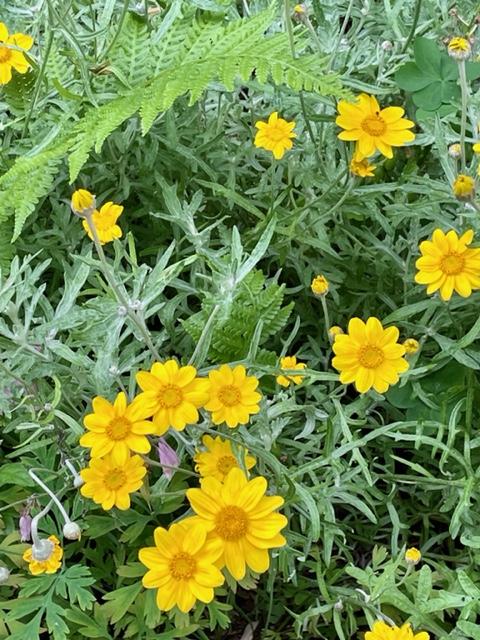
Eriophyllum lanatum
CA$0.00
CA$0.00
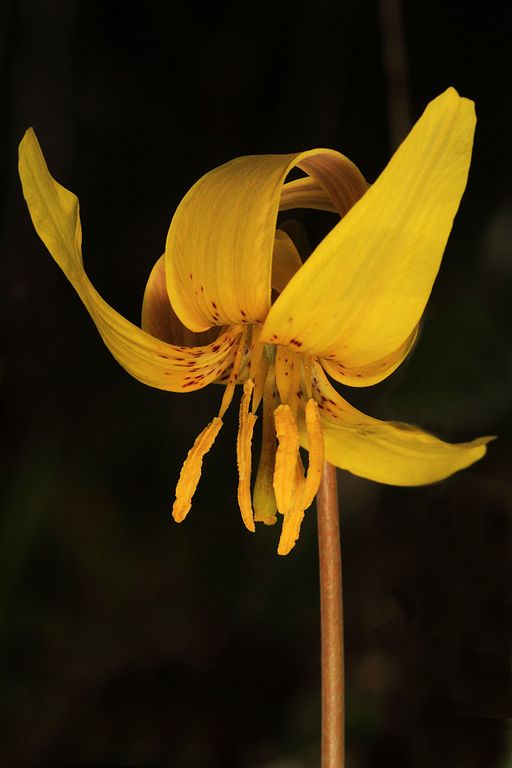
Erythronium americanum
CA$0.00
CA$0.00
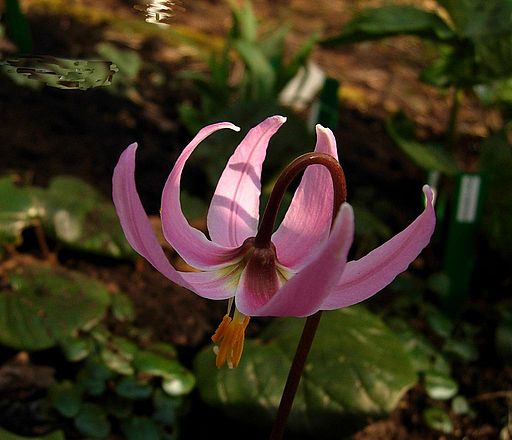
Erythronium revolutum
CA$0.00
CA$0.00
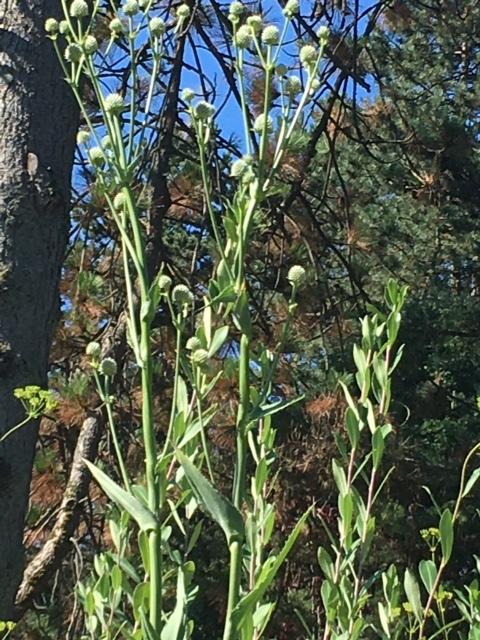
Eryngium yuccifolium
CA$0.00
CA$0.00

Eutrochium maculatum
CA$0.00
CA$0.00
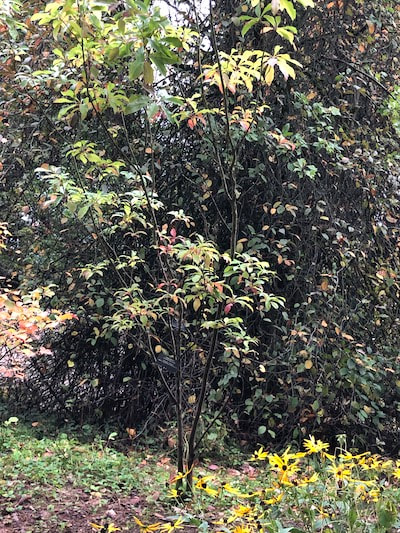
Franklinia alatamaha
CA$0.00
CA$0.00
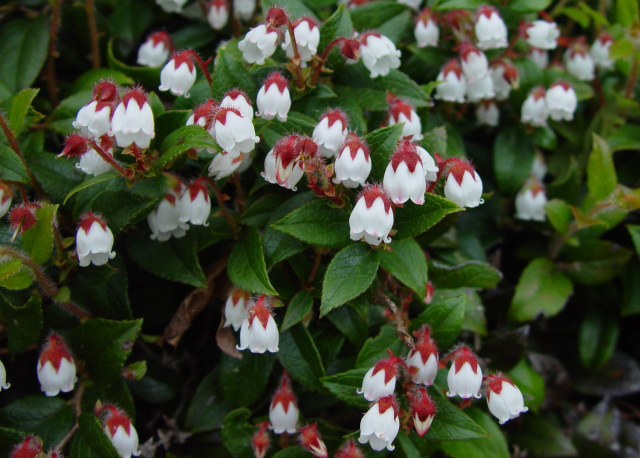
Gaultheria ovatifolia
CA$0.00
CA$0.00

Gaultheria shallon
CA$0.00
CA$0.00
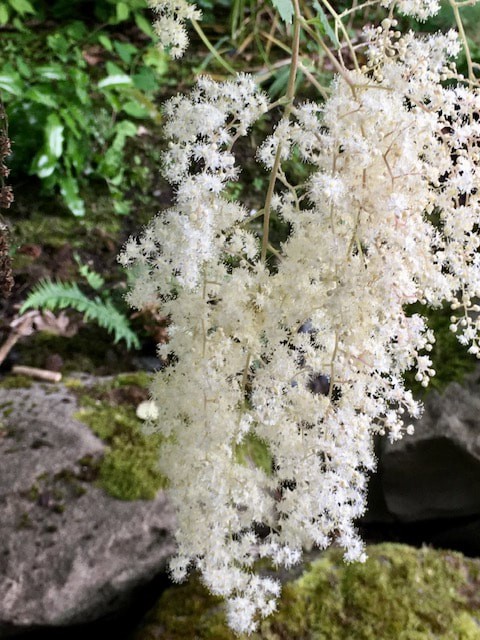
Holodiscus discolor
CA$0.00
CA$0.00
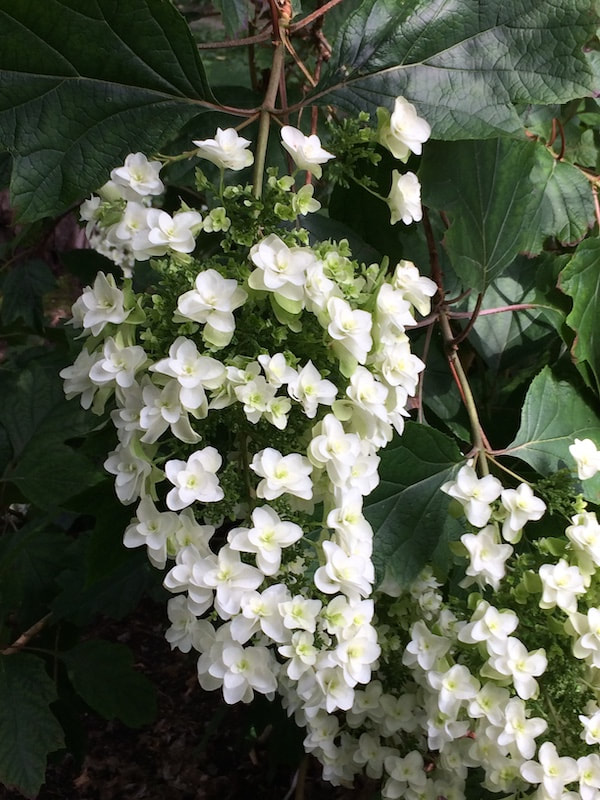
Hydrangea quercifolia [Snowflake] = 'Brido'
CA$0.00
CA$0.00
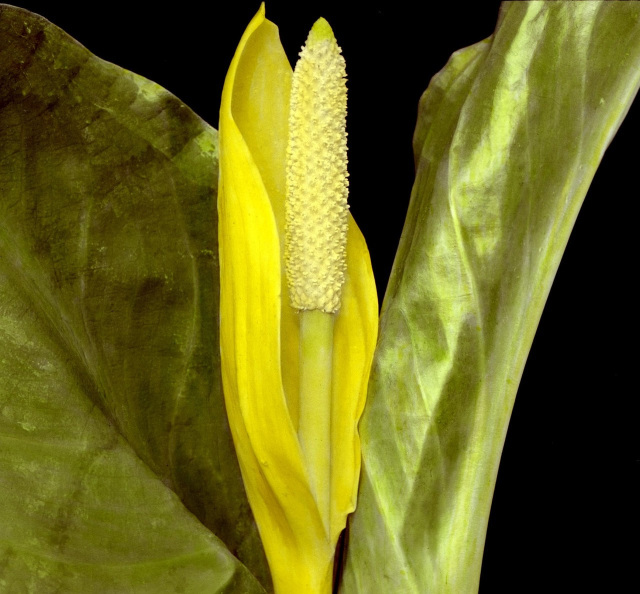
Lysichiton americanus
CA$0.00
CA$0.00
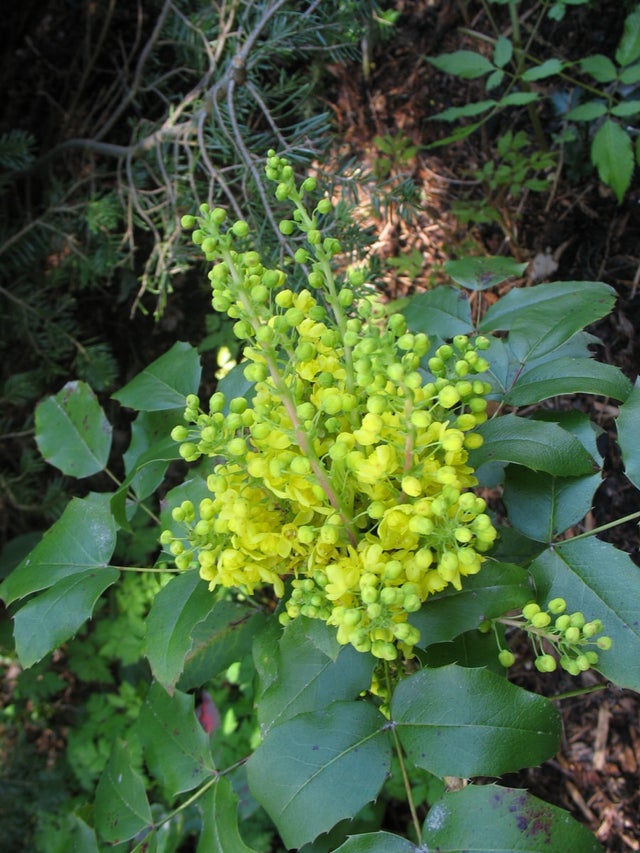
Mahonia - Berberis genus change
CA$0.00
CA$0.00
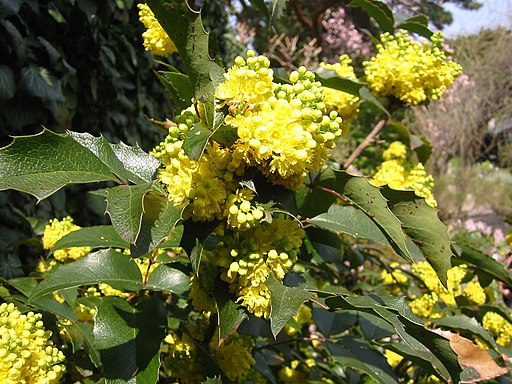
Mahonia nervosa
CA$0.00
CA$0.00
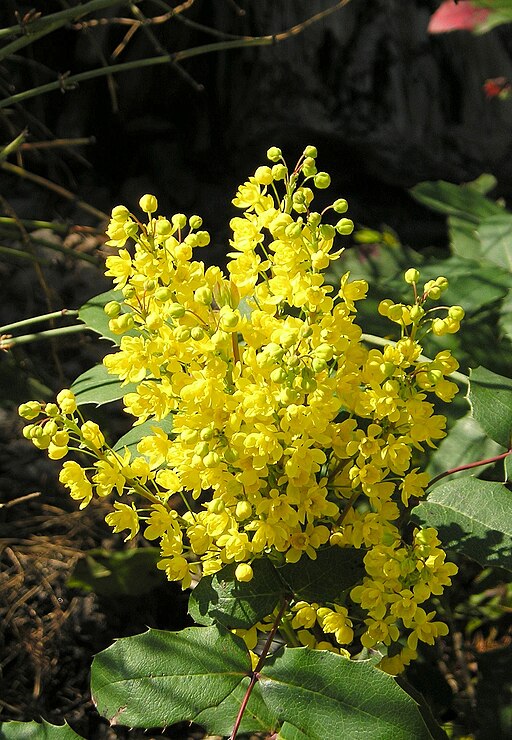
Mahonia repens
CA$0.00
CA$0.00

Maianthemum racemosum
CA$0.00
CA$0.00
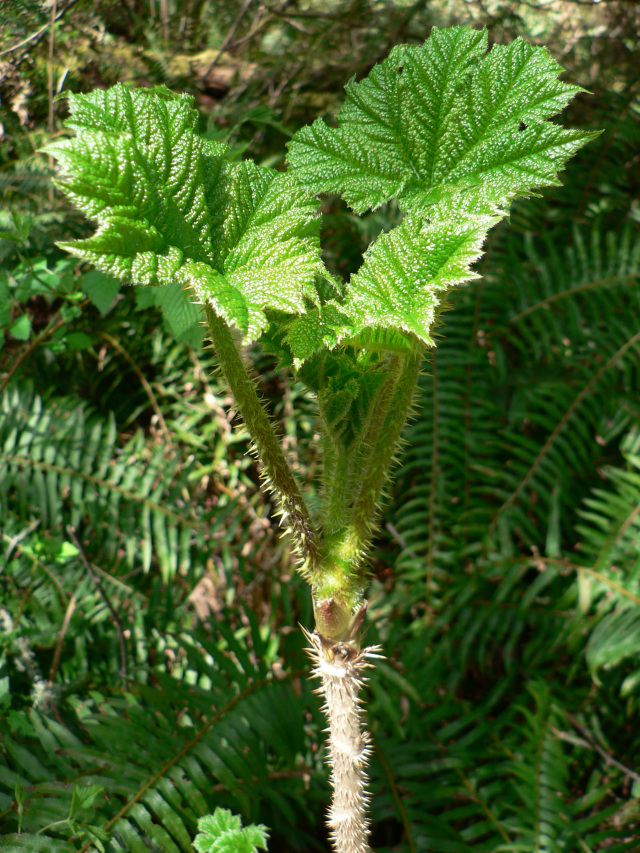
Oplopanax horridus
CA$0.00
CA$0.00
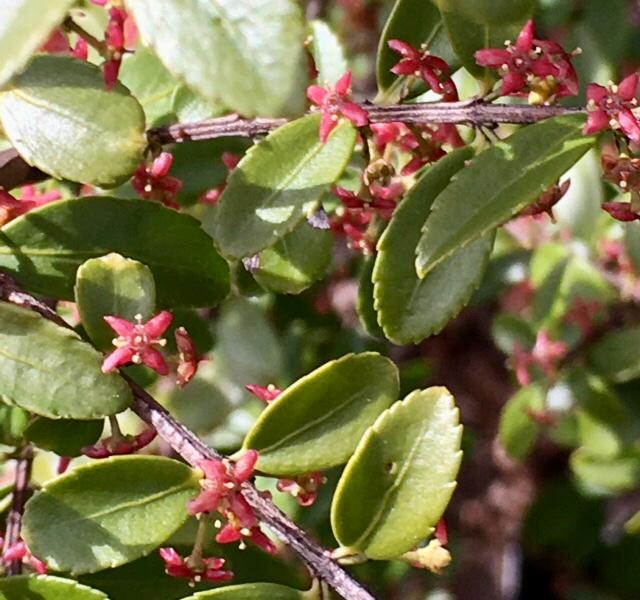
Paxistima myrsinites
CA$0.00
CA$0.00
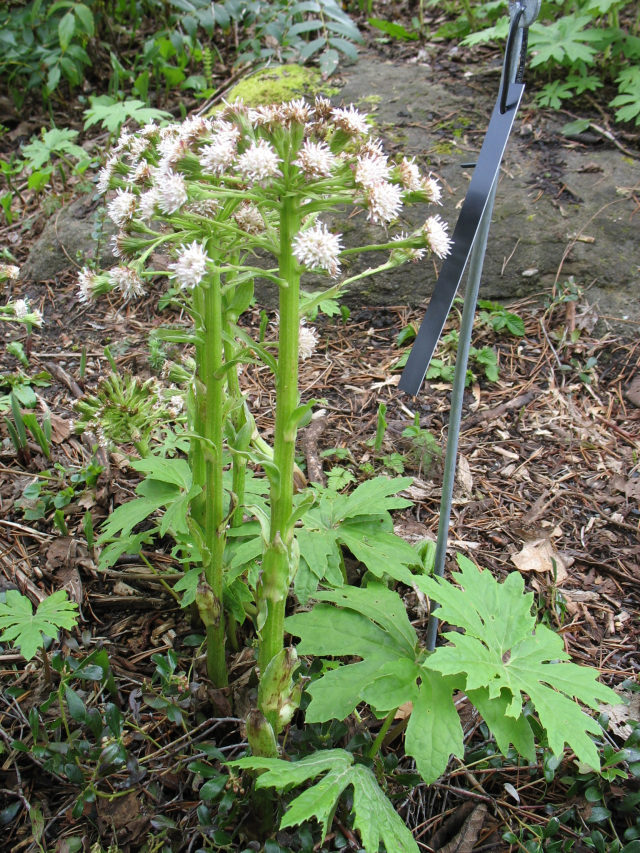
Petasites frigidus var. palmatus
CA$0.00
CA$0.00
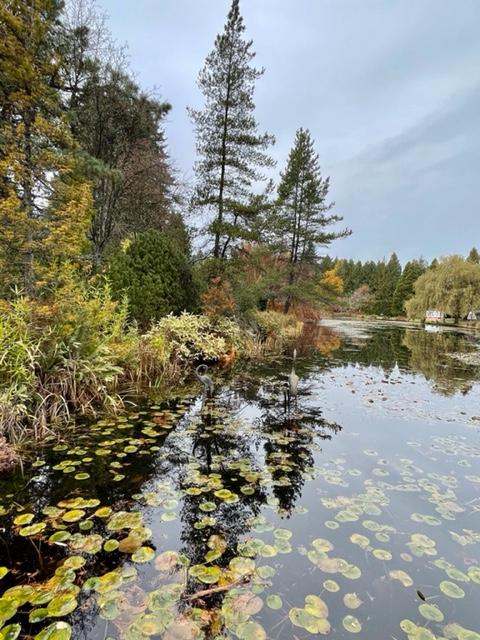
Pinus contorta
CA$0.00
CA$0.00
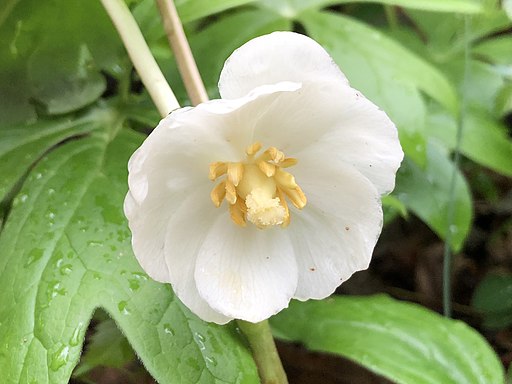
Podophyllum peltatum
CA$0.00
CA$0.00
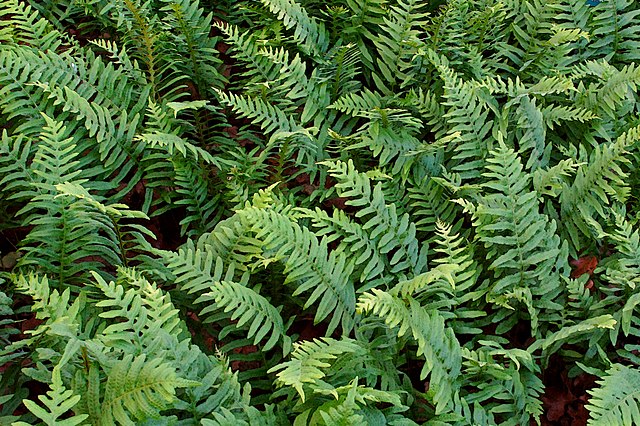
Polypodium glycyrrhiza
CA$0.00
CA$0.00
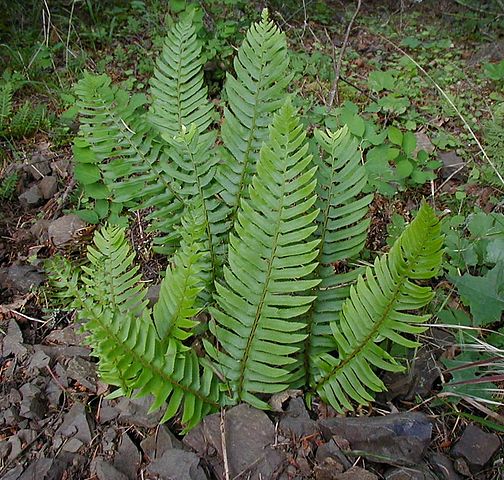
Polystichum munitum
CA$0.00
CA$0.00
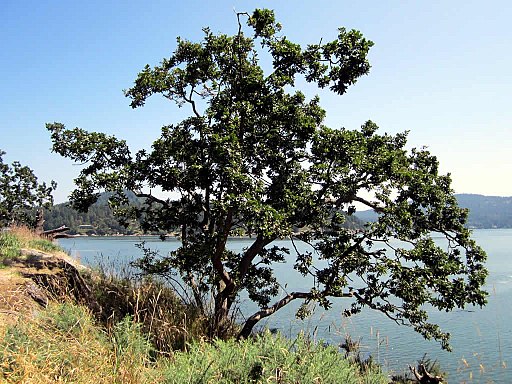
Quercus garryana
CA$0.00
CA$0.00

Rhododendron macrophyllum
CA$0.00
CA$0.00
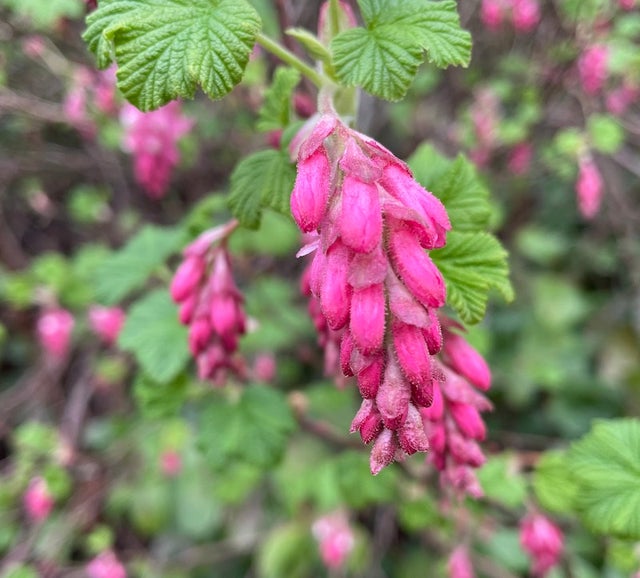
Ribes sanguineum and cultivars
CA$0.00
CA$0.00
Proudly powered by Weebly